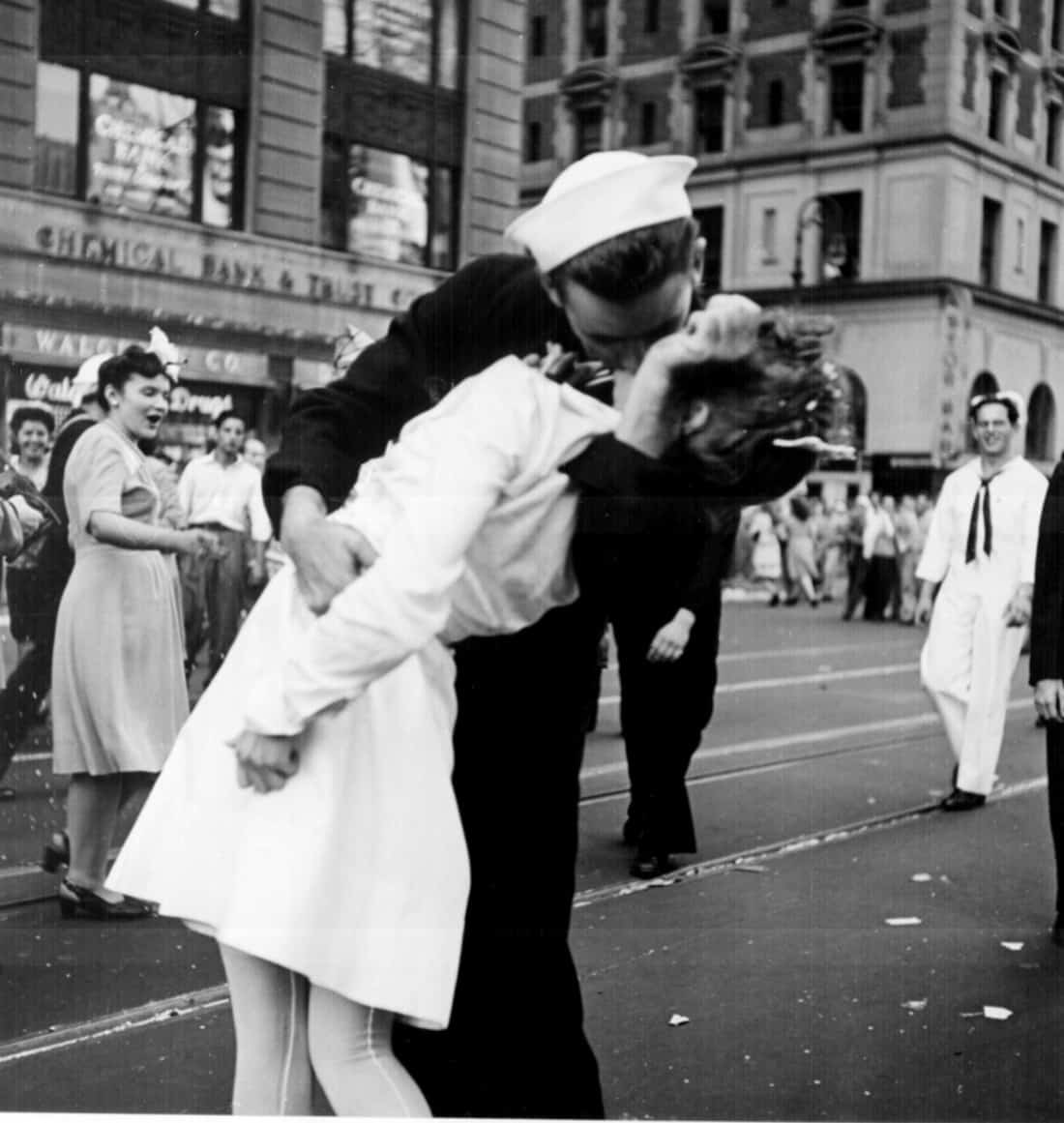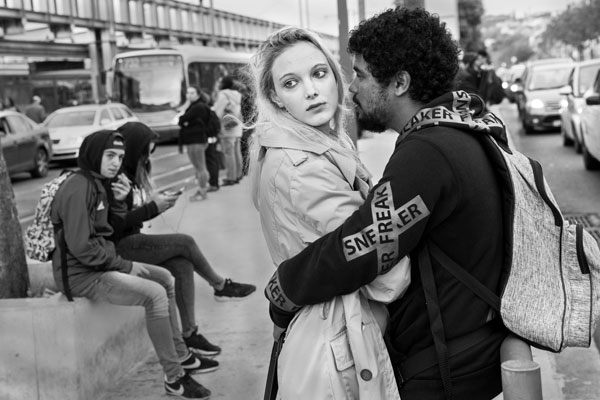Framing Streets Things To Know Before You Buy
Framing Streets Things To Know Before You Buy
Blog Article
Our Framing Streets Diaries
Table of ContentsThe Of Framing Streets8 Easy Facts About Framing Streets ShownA Biased View of Framing StreetsThe Basic Principles Of Framing Streets Some Known Details About Framing Streets What Does Framing Streets Do?
, generally with the purpose of capturing photos at a decisive or touching minute by careful framing and timing. https://pxhere.com/en/photographer/4162802.
The 5-Minute Rule for Framing Streets
Susan Sontag, 1977 Road digital photography can concentrate on people and their actions in public. In this respect, the street professional photographer resembles social docudrama professional photographers or photographers that also operate in public areas, however with the purpose of catching newsworthy occasions. Any of these professional photographers' photos might catch people and building visible within or from public places, which usually entails navigating honest problems and legislations of personal privacy, security, and residential or commercial property.
Depictions of daily public life create a genre in practically every period of globe art, beginning in the pre-historic, Sumerian, Egyptian and very early Buddhist art periods. Art handling the life of the street, whether within views of cityscapes, or as the dominant concept, appears in the West in the canon of the North Renaissance, Baroque, Rococo, of Romanticism, Realistic look, Impressionism and Post-Impressionism.
Examine This Report about Framing Streets
Louis Daguerre: "Blvd du Temple" (1838 or 1839) In 1838 or 1839 the initial photo of figures in the street was taped by Louis-Jacques-Mand Daguerre in one of a pair of daguerreotype sights extracted from his studio window of the Blvd du Temple in Paris. The 2nd, made at the elevation of the day, shows an uninhabited stretch of road, while the other was taken at concerning 8:00 am, and as Beaumont Newhall reports, "The Boulevard, so continuously full of a moving throng of pedestrians and carriages was flawlessly solitary, except a person that was having his boots cleaned.
, who was motivated to embark on a similar documentation of New York City. As the city created, Atget assisted to promote Parisian streets as a worthwhile subject for photography.

How Framing Streets can Save You Time, Stress, and Money.
Between 1946 and 1957 Le Groupe des XV each year displayed job of this kind. Andre Kertesz. Circus, Budapest, 19 May 1920 Street photography formed the major web content of two exhibits at the Museum of Modern Art (Mo, MA) in New York curated by Edward Steichen, Five French Professional Photographers: Brassai; Cartier-Bresson, Doisneau, Ronis, Izis in 1951 to 1952, and Post-war European Photography in 1953, which exported the idea of street digital photography globally.

Facts About Framing Streets Revealed
The recording device was 'a hidden cam', a 35 mm Contax concealed under his coat, that was 'strapped to the chest and attached to a long wire strung down the best sleeve'. His work had little modern influence as due to Evans' sensitivities about the creativity of his task and the privacy of his topics, it was not published until 1966, in the publication Many Are Called, with an introduction composed by James Agee in 1940.
Helen Levitt, after that a teacher of children, connected with Evans in 193839. She documented the transitory chalk drawings go to these guys - vivian maier that became part of children's street society in New york city at the time, along with the children that made them. In July 1939, Mo, MA's brand-new photography section included Levitt's job in its inaugural eventRobert Frank's 1958 book,, was significant; raw and frequently out of focus, Frank's images questioned conventional photography of the time, "challenged all the formal regulations set by Henri Cartier-Bresson and Walker Evans" and "contradicted the wholesome pictorialism and wholehearted photojournalism of American magazines like LIFE and Time".
Report this page